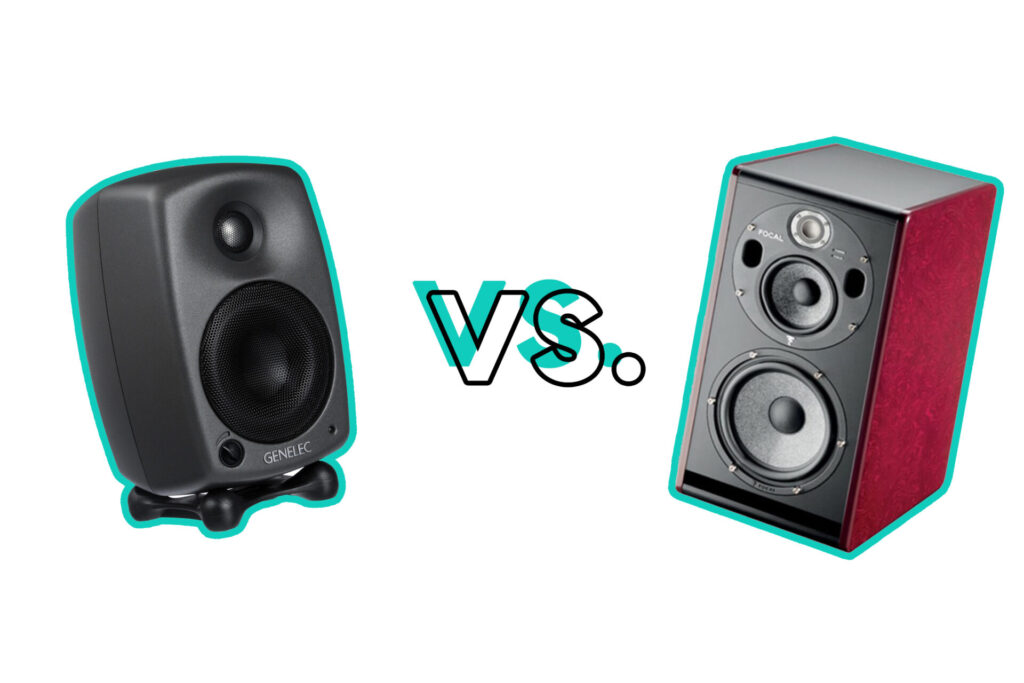+ Ryan Lott (of Son Lux) teaches how to build custom virtual instruments for sound design and scoring in Designing Sample-Based Instruments.
Whether you’re setting up a music production space at home or you’re creating a professional record studio, you’re going to come across the terms “two-way” and “three-way” active monitors.
The jargon used in the world of music production can sometimes make things seem more confusing than they actually are. While there are advanced and complex aspects to active monitors, once you understand the basic differences, the rest becomes much easier.
Two-way and three-way active monitors are better suited to certain setups and scenarios, so it’s important to understand what they are, what they can do, and whether they are right for you.
So in this article, I’ll provide a detailed but straightforward breakdown of two-way and three-way monitors, with some tips I’ve learned from my experiences using them. Let’s get into it!
Two-Way vs. Three-Way Active Monitors
Active monitors are popular among music producers, mixing engineers, and musicians alike. I’ve found them more convenient and easier to use than their passive counterparts, as they include all of the necessary components in one enclosure.
Deciding between passive and active monitors is tricky enough, but the decision-making doesn’t stop there. You then have to figure out whether two-way or three-way monitors would be most beneficial to your setup, which can also be difficult. Hence…
+ Read more on Flypaper: “The Beginner’s Guide to Setting Up a Home Studio: Choosing the Right Monitors.”
What Are Two-Way Monitors?
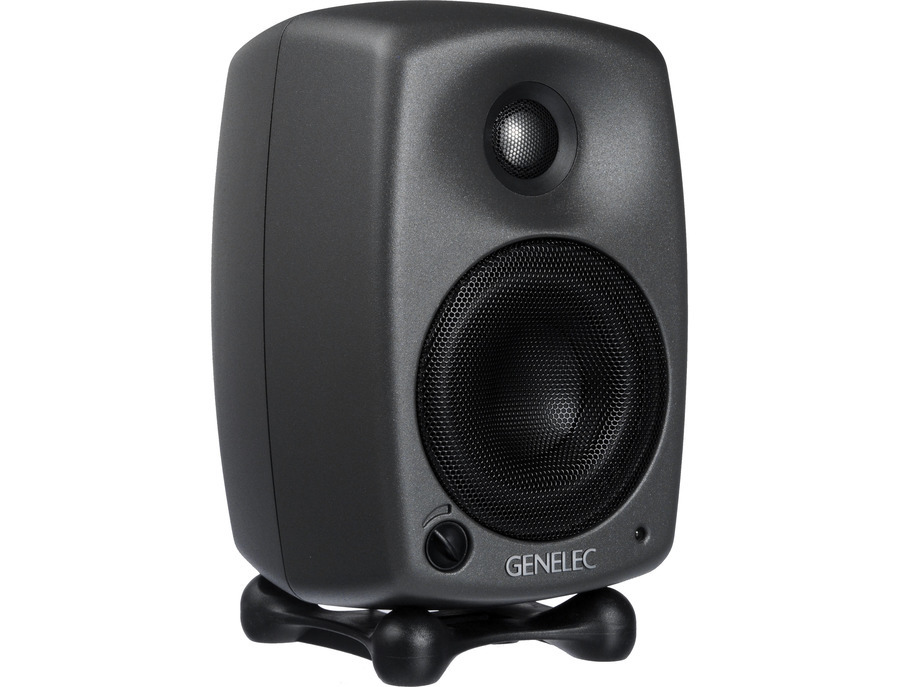
I first used two-way monitors in a makeshift studio I set up at home in my teens. At the time, I didn’t even know that different varieties of active monitors existed! I simply went with the monitors that seemed to be the best value and the simplest to set up.
I learned that two-way monitors have two drivers built into them, a woofer and a tweeter. I’ll get into the specifics of these drivers later, but they essentially produce low and high frequencies, respectively. Another component that is essential for the functionality of two-way monitors is the crossover, which delegates the appropriate frequencies to the woofer or tweeter.
Although they tend to be smaller than three-way monitors, many people prefer them due to their portability and lower price. There are many excellent small studio monitors available that rival larger devices in terms of sound quality.
What Are Three-Way Monitors?
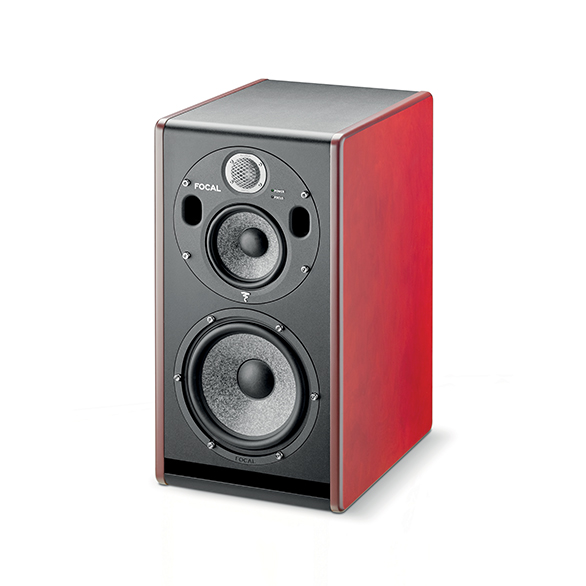
Three-way monitors are exactly the same as two-way monitors, with one extra driver. Along with the woofer and tweeter, they also benefit from a midrange driver, which results in a more balanced sound, leaving the woofer and tweeter to focus solely on the bass and treble frequency ranges.
When I first used three-way monitors to mix one of my recordings for a solo project, I was blown away by the level of detail they produced, particularly in that midrange.
Three-way monitors also use an internal crossover to divide the incoming audio signal and transmit it to the woofer, midrange driver, or tweeter, depending on the frequency.
+ Read more on Flypaper: “Pop Filters: The Secret to Perfect Vocals.”
Frequency Range
When I first got into music production and started learning about audio gear, I remember thinking “frequency range” was some complicated technical specification that would take a while to understand.
In reality, frequency range or frequency response as it is often also called, is pretty simple but integral to the performance of two-way and three-way active studio monitors.
With their two-driver design, two-way monitors are likely to be more limited in frequency range than three-way monitors. However, if you look at the specifications, the two active monitor types are both likely to have the same response of around 20Hz-20kHz.
So why are three-way monitors superior when it comes to frequency range?
The inclusion of the midrange driver means that more frequencies between 300Hz-5kHz can be projected with more clarity.
The woofer and tweeter take care of the more extreme lows and highs, which is why both monitor types have a similar overall range, but the balance of every frequency band is improved significantly by having three drivers as opposed to two.
Clarity and Separation
Rather than comparing the frequency range of two-way and three-way active monitors, I think focusing on their clarity and separation is more helpful in understanding their sonic differences.
As I mentioned before, two-way and three-way monitors have an internal crossover. This device reads the audio signal that comes from the source device and determines which driver the various frequencies should be sent to for playback.
In two-way monitors, the woofer generally takes care of the frequencies between 20Hz-2kHz. On the other hand, the tweeter is responsible for all of the frequencies from 2Khz up to the maximum, which is likely around 20kHz.
In three-way monitors, the midrange driver reduces some of the burden placed on the tweeter, allowing it to focus on the higher frequencies. This results in improved separation between the bass, midrange, and treble frequencies.
When I first used three-way speakers, one of the things that I instantly noticed was how much more defined the upper mids sounded. The added sense of spaciousness allows you to hear more of the detail in the frequencies of a song.
+ Learn more on Soundfly: Craft more compelling beats with warped and off-kilter rhythms with a new online course by Ian Chang (of Son Lux).
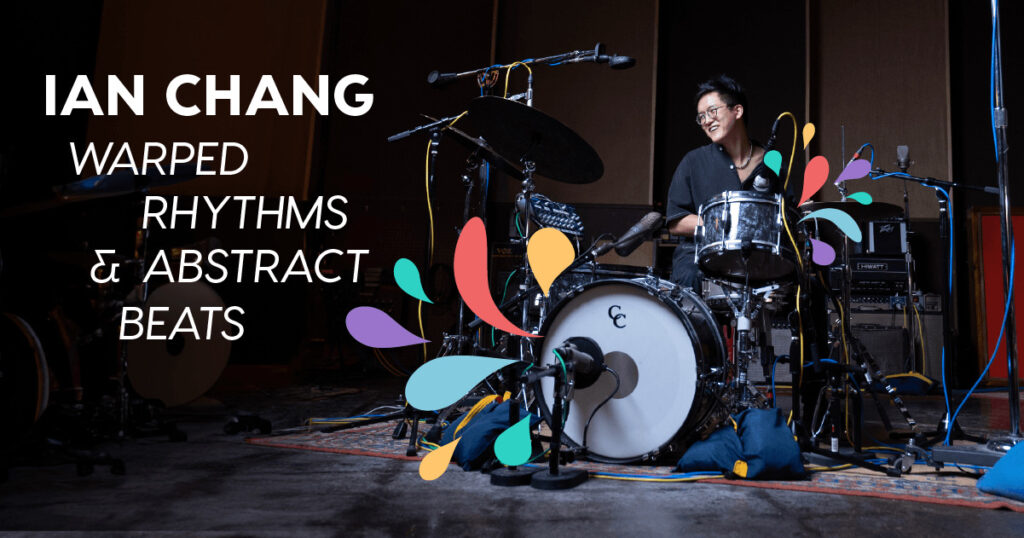
How to Get the Best Out of Your Monitors
Active studio monitors come with varying capabilities. Two-way monitors are fine for everyday purposes such as listening to music, creating rough mixes of songs, or basic music production. They’re also a good fit for smaller home studios.
Three-way monitors are better for people who are serious about mixing audio to the highest standard, as they allow you to hear every detail more clearly. Professional studios or larger home studios should include three-way monitors.
Whichever type you choose, there are a few important tips that I’ve learned over the years that will help you to get the best out of your studio monitors.
Treating the Room
Regardless of whether you choose two-way or three-way monitors, treating the room for them to perform to their maximum capabilities is vital.
I’d recommend installing acoustic panels in the space to minimize reflections off the walls and other surfaces. Foam panels are highly effective, but you can also make your own using wooden frames and absorbent materials.
Treating the room prevents bass frequencies from building up and becoming overpowering, which can be an issue, especially when using larger three-way monitors with powerful woofers.
Not only does acoustic treatment enhance the sound of your studio monitors, but it also improves the way your microphones sound when recording instruments or vocals.
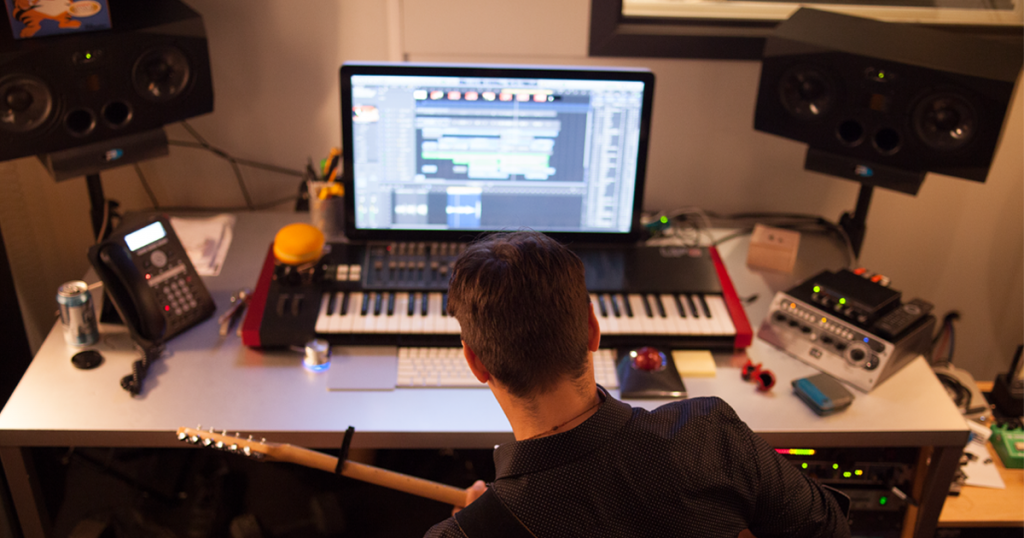
Understanding the Components
In order to accurately compare two-way and three-way active studio monitors, it’s important to understand what the different components do.
Woofer
As the largest driver included in an active studio monitor, the woofer is designed specifically to handle the lower frequencies. Depending on the design, they’re ideally suited to handling between 20 Hz to around 200-500 Hz.
In two-way monitors, the woofer is also tasked with handling some of the lower-midrange frequencies, while three-way monitors reduce the driver’s workload and therefore allow the woofer to focus on the bass.
Tweeter
Along with the woofer, the tweeter is the other driver type you’ll definitely find in active monitors — whether they’re of the two-way or three-way variety. Tweeters are the smallest type of driver found in studio monitors, and they are responsible for the high frequency sounds that generally range from 2 kHz up to 20 kHz.
In two-way monitors, the tweeter has to handle all of the frequencies that come above the crossover point, which means they are often stretched to their limits, having to also produce midrange frequencies due to the lack of a midrange driver.
This is one of the things that has been most apparent when I’ve compared two-way and three-way studio monitors; there’s often a noticeable difference in clarity in the higher frequencies.
+ Read more on Flypaper: “5 Secrets to Making Your Sub-Bass Notes Audible.”
Midrange Driver
The component that separates two-way and three-way monitors from one another is the midrange driver. Exclusive to three-way studio monitors, this driver is responsible for handling the midrange frequencies, as the name suggests.
Depending on the design of the monitors, the midrange driver can be utilized for frequencies that fall from anywhere between 200Hz to 4 kHz.
When mixing and mastering my music, I’d always opt for three-way monitors, as the midrange driver allows the tweeter and the woofer to focus more on the extremities of the frequency response — improving everything from accuracy to accuracy to dynamic range.
Ready for even more?
Check out Soundfly’s variety of courses on songwriting, mixing, beat making, recording, composing, and more, led by artists like Kimbra, Com Truise, Jlin, Kiefer, The Pocket Queen, and RJD2: From Samples to Songs.
